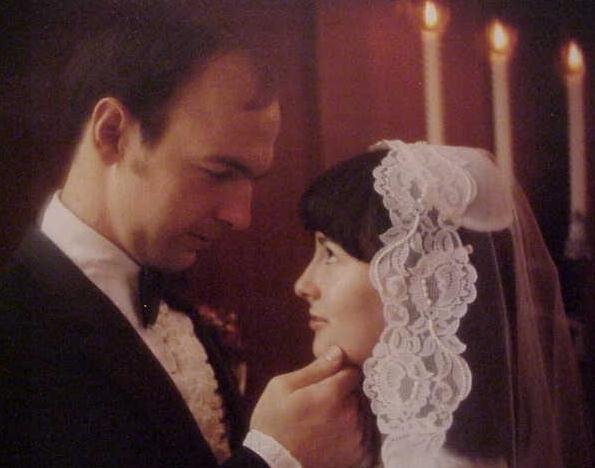Time for a rant (about adaptations of great literature)...
I was very pleased that I took the time to browse through books at our local Goodwill store today. Before me was a clothbound volume of Howard Pyle's Men of Iron. The binding was tight, the paper of good quality. It was a discarded copy from the local teacher's college that closed so many years ago. For $1.39! How could I resist?
I forgot one thing: to check whether it was an "adaptation" or not. I am a fool. It is an adaptation. "Adapted by William Kottmeyer, Director, Saint Louis Reading Clinic," the title page reads in plain print for the careful buyer.
Now what am I going to do with it?
"Why does it matter?" you ask. Rather than list some points to convince you that it matters, I'll let you decide for yourself. First of all, here are the beginning paragraphs of Pyle's original text, available free here.
Now, here are the first three paragraphs of the version bequethed to us by the learned Mr. William Kottmeyer.
If you think the second book will touch the heart of a child just as beautifully as the original, you tell me why. Perhaps, though, you'd rather spend your time finishing the online etext of Mr. Pyle's classic story. If you are a child at heart (like me), those first three paragraphs captured your attention. :)
End rant.
I forgot one thing: to check whether it was an "adaptation" or not. I am a fool. It is an adaptation. "Adapted by William Kottmeyer, Director, Saint Louis Reading Clinic," the title page reads in plain print for the careful buyer.
Now what am I going to do with it?
"Why does it matter?" you ask. Rather than list some points to convince you that it matters, I'll let you decide for yourself. First of all, here are the beginning paragraphs of Pyle's original text, available free here.
MYLES FALWORTH was but eight years of age at that time, and it was only afterwards, and when he grew old enough to know more of the ins and outs of the matter, that he could remember by bits and pieces the things that afterwards happened; how one evening a knight came clattering into the court-yard upon a horse, red-nostrilled and smeared with the sweat and foam of a desperate ride -- Sir John Dale, a dear friend of the blind Lord.
Even though so young, Myles knew that something very serious had happened to make Sir John so pale and haggard, and he dimly remembered leaning against the knight's iron-covered knees, looking up into his gloomy face, and asking him if he was sick to look so strange. Thereupon those who had been too troubled before to notice him, bethought themselves of him, and sent him to bed, rebellious at having to go so early.
He remembered how the next morning, looking out of a window high up under the eaves, he saw a great troop of horsemen come riding into the courtyard beneath, where a powdering of snow had whitened everything, and of how the leader, a knight clad in black armor, dismounted and entered the great hall door-way below, followed by several of the band.
Now, here are the first three paragraphs of the version bequethed to us by the learned Mr. William Kottmeyer.
In the year 1400 Myles Falworth was only eight years old. Myles was too young to understand what was happening in England then. But later he found out. Then he understood what he had seen as a little boy.
Richard II had been king. But Richard was a weak king. He had many strong enemies. These enemies killed him. And so Henry IV became the new king.
Every king has friends. The new King Henry did not like Richard’s friends. Richard had given them castles and lands. Henry took the castles and lands away and gave them to his own friends. So Richard’s friends soon became King Henry’s enemies. They plotted to kill him. But Henry found out about this. He got his army together and went after them. One by one he caught and killed them.
If you think the second book will touch the heart of a child just as beautifully as the original, you tell me why. Perhaps, though, you'd rather spend your time finishing the online etext of Mr. Pyle's classic story. If you are a child at heart (like me), those first three paragraphs captured your attention. :)
End rant.

